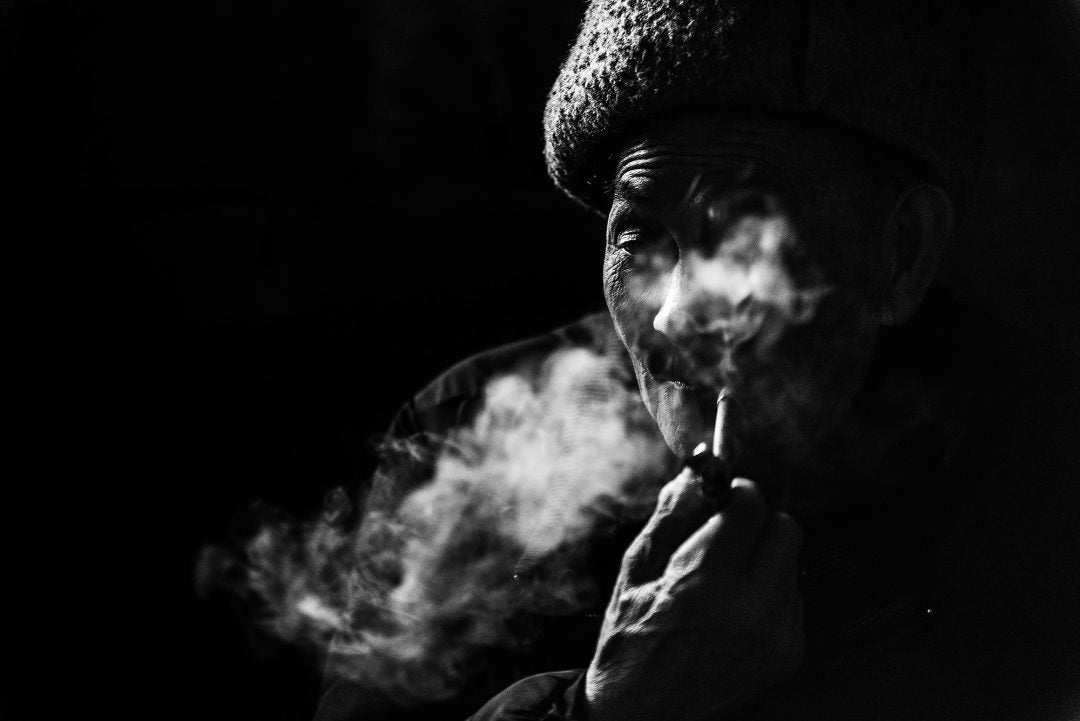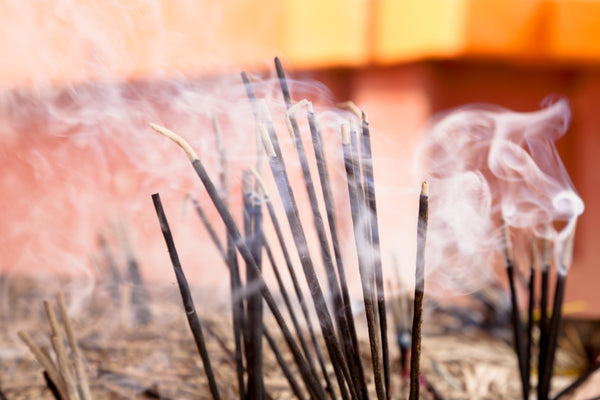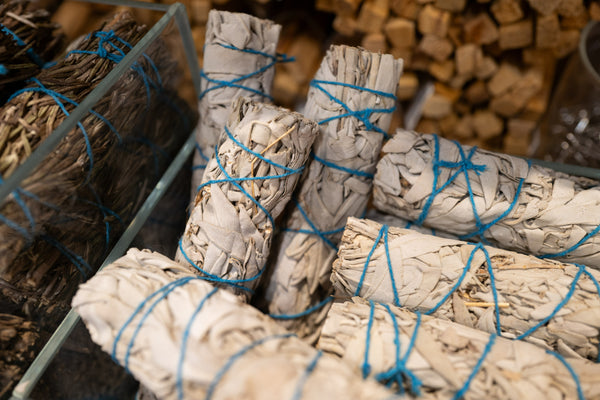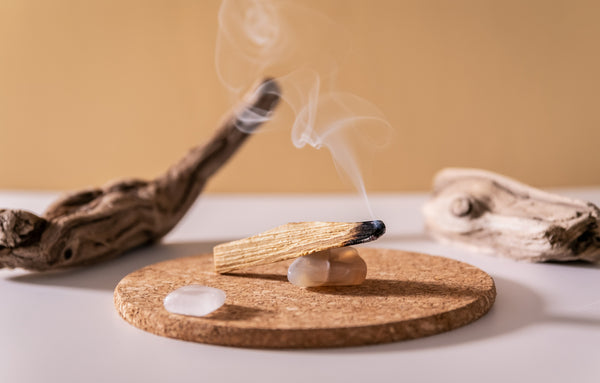
The Breath of Shaman
Jeff OxfordYou’ve heard the expressions. Breathe easy. Take one’s breath away. A breath of fresh air. Such idioms are plentiful in the English language. And then we have words such as inspire, aspire, respire and expire, all of which are related to breath. Consider these excellent illustrative examples from membean.com:
The blowhole of a whale is called its spiracle, the aperture through which the whale “breathes” [that] aids in the respiration of the whale, its “breathing” in and out…when a whale expires, it has “breathed” out its last “breath.” When you are inspired, an idea is “breathed” into your mind. If you work hard, you aspire to, or “breathe” towards, a goal.
What these words have is common is that they contain the root “spir” derived from the Latin spīritus meaning breath, spirit, wind, blowing, puff, or blast. And so, our words make a connection between spirit and breath.
Before Breathing Became Branded
During the normal course of the day, we don’t think about our breathing. It just happens as part of our autonomic nervous system. Yet, as shamans, we employ breathing awareness techniques to help in our healing rituals, ceremonies, prayers and journeys. Conscious breath awareness and control are essential components of many spiritual, meditative and healing practices. Many different kinds of breathing techniques exist, some of which are now trademarked. But before breathing became branded, it was just plain conscious breathing.
Lamaze and the Shaman
Who would have thought that birthing mothers who practice Lamaze breathing techniques are doing essentially the same as the teachers of yoga, tai chi or shamanic practices? For delivering mothers, working with the breath helps at a cognitive level as they direct their focus on something other than their pain. On a physiological level, the breathing starts to work on the mind and body, and circulation and oxygenation increases. As bodies release tension and anxiety, there is room to work with a much wider range of comfort measures during labor than there would be otherwise.
The Speed of Breath
Just as in Lamaze breathing, the rate of the breath is important. Don Oscar Miro Quesada, originator of Pachakuti Mesa Tradition cross-cultural shamanism writes, “The faster you breathe, the less you’ll ‘feel.’ At 26 breaths per minute one can transcend pain, heat the blood, shut down ego, and vanish bodily sensations. Extraordinary human capabilities arise, yet strain and fatigue appear.
Rapid breath disconnects one from the physical. The slower you breathe the more you’ll “feel” and the greater your interaction with the universe will be. Long, slow, deep breath is essential to opening the heart and controlling energy within your own body, as well as directing it to others. Different energy/breath/visualization patterns are useful for different purposes. The combination of breath and visualization is powerful. Breath draws in energy and the ability to visualize helps to direct that energy for personal healing or for healing others.
Shamans use conscious breathing techniques for different reasons, such as for energizing, meditating, relaxation, focusing and entering non-ordinary consciousness, yet the physiological part works the same way. For example, when preparing for a journey, a shaman uses breathing to bring into focus the intention for the journey and to relax into a state of mind which facilitates the journey; Conscious breathing is also used to increase the ability to hold and retain spirit medicine during healing ceremonies; to energize in preparation for ceremony or to transmit healing energy; and to clear dense energy.
Breath as Bridge
Miro Quesada adds “Hampikamayoq breathwork is a ‘shamanic bridge’ between Cosmos and Self. It elicits experiences of non-ordinary consciousness in the practitioner in which shamanic vision and guidance is provided through access to archetypal realms of awareness. In these realms we find spirit helpers, power animals and other ancestral medicine allies who offer themselves for engagement. This allows us to act as holders of shamanic power.” Of course, we use our breath to speak prayers, and in shamanic practices, when used forcefully to emphasize and transmit prayers or medicine. Florida water is often imbibed, held in the mouth and then sprayed out using the breath over its intended subject, either a person, ritual object, or mesa.
A Simple Daily Ritual
One shamanic practitioner I know performs a simple daily ritual using her breath while standing in front of her mesa. It goes something like this: After visualizing a white light surrounding and protecting herself, family and friends, she inhales the breath of her mesa to imbibe the wisdom, power and grace of all the lineage of shamans who came before her. And then she blows her breath into her mesa as a gift of herself in service to the Great Cosmos: a perfect circle of respiration; of inhale and exhale, of give and take, of within and without.



